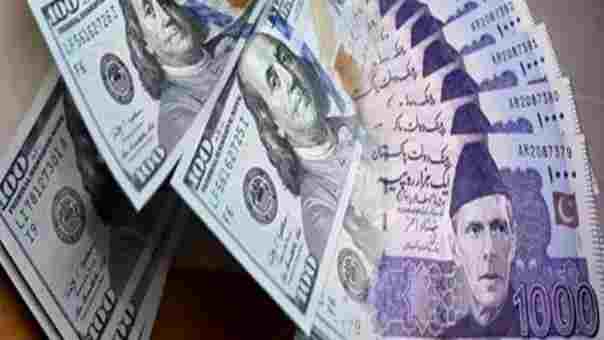Karachi, January 31, 2025 – The latest currency exchange rates in Pakistan indicate the value fluctuations of various foreign currencies against the Pakistani Rupee as trading commenced on Friday.
The exchange rates play a crucial role in determining the economic outlook, impacting trade, remittances, and investment decisions. With global financial markets continuously evolving, the fluctuations in currency values reflect underlying economic trends, supply-demand dynamics, and geopolitical developments.
As of the morning of January 31, 2025, the US Dollar remains one of the most closely monitored currencies, with its buying and selling rates influencing a broad spectrum of financial activities. The stability of the dollar affects importers, exporters, and the overall economic sentiment in the country. Additionally, the exchange rates for the British Pound and Euro have shown slight variations, reflecting market adjustments and international trade patterns.
The Gulf currencies, including the Saudi Riyal, UAE Dirham, and Qatari Riyal, continue to hold significance, especially for Pakistan’s expatriate workforce. A substantial portion of remittances received in Pakistan comes from Middle Eastern countries, and any fluctuations in these currency exchange rates directly impact families relying on overseas earnings. Similarly, the exchange rates of the Kuwaiti Dinar and Bahraini Dinar remain crucial for businesses engaged in trade with the Gulf region.
Asian currencies, such as the Chinese Yuan and Japanese Yen, have shown minor changes in their valuation against the Pakistani Rupee. Given Pakistan’s increasing trade ties with China, fluctuations in the Yuan can affect the cost of imports and exports, particularly in sectors like manufacturing and technology. The Malaysian Ringgit and Thai Baht also play a role in regional trade, influencing business transactions and travel costs.
The currency exchange market is affected by multiple factors, including economic policies, inflation rates, and global financial conditions. Investors and businesses closely watch these rates to make informed decisions regarding foreign transactions, investments, and savings. The volatility in currency exchange rates also impacts Pakistan’s foreign reserves, influencing government policies related to trade and economic stability.
Experts suggest that individuals dealing in foreign exchange should stay updated with daily fluctuations to maximize their financial decisions. With the currency market being highly dynamic, businesses engaged in international trade must strategize accordingly to mitigate risks arising from exchange rate variations. As financial conditions continue to evolve globally, Pakistan’s economy remains intertwined with the movements of international currencies, shaping the country’s economic trajectory in the long run.
